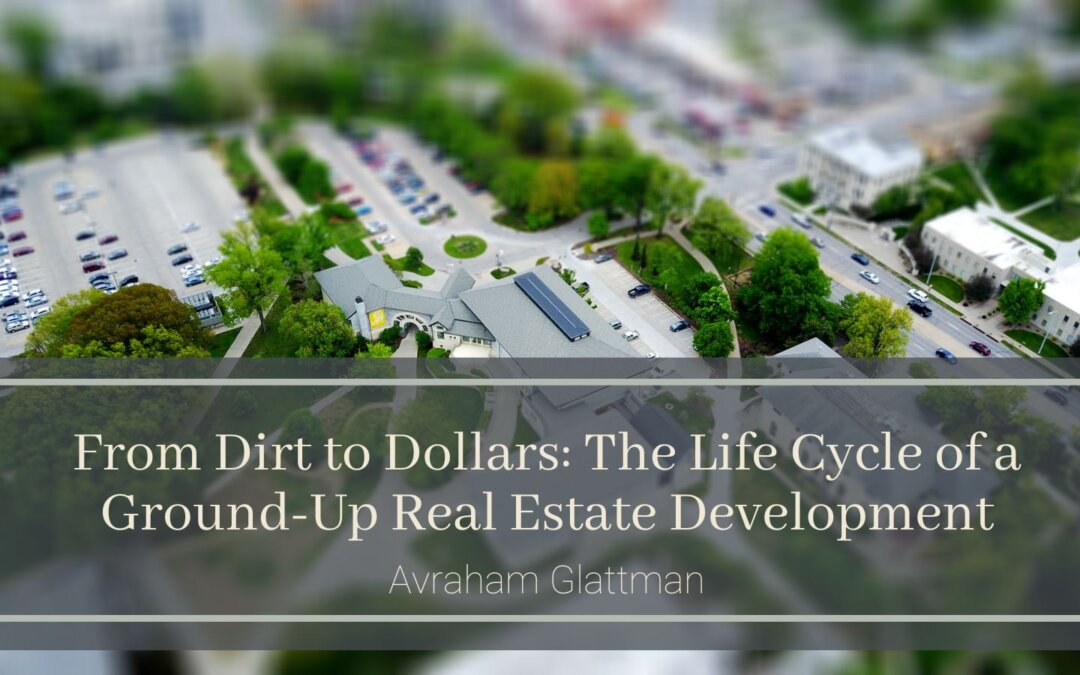Ground-up development—starting a project from scratch—is one of the most rewarding yet risky paths in real estate. It’s where vision, capital, and execution collide to transform vacant land into vibrant living or commercial spaces.
The Start: Site Selection
Every great development begins with a smart location. Developers weigh proximity to transit, job centers, schools, and demographic trends. Even zoning considerations can make or break a deal before the first dollar is spent.
The Middle: Financing and Entitlements
Once the land is secured, it’s time to line up financing. This typically includes a mix of equity, construction loans, and sometimes mezzanine debt. Developers also navigate the entitlement process—getting city or municipal approval for their project. This can take months (or even years), depending on the location.
The Build: Construction and Oversight
From groundbreaking to ribbon-cutting, the construction phase is full of moving parts. Project managers juggle contractors, timelines, budgets, and building codes. Delays and overruns are common, so strong oversight is crucial.
The Finish: Lease-Up or Sale
Once built, the property is either sold or leased. Investors recoup capital through unit sales or long-term rental income. The success of this final stage often depends on timing, market conditions, and marketing.
Why It’s Worth It
While risky, ground-up development can yield tremendous returns. For those with vision and stamina, it’s one of real estate’s most powerful wealth-building tools.
